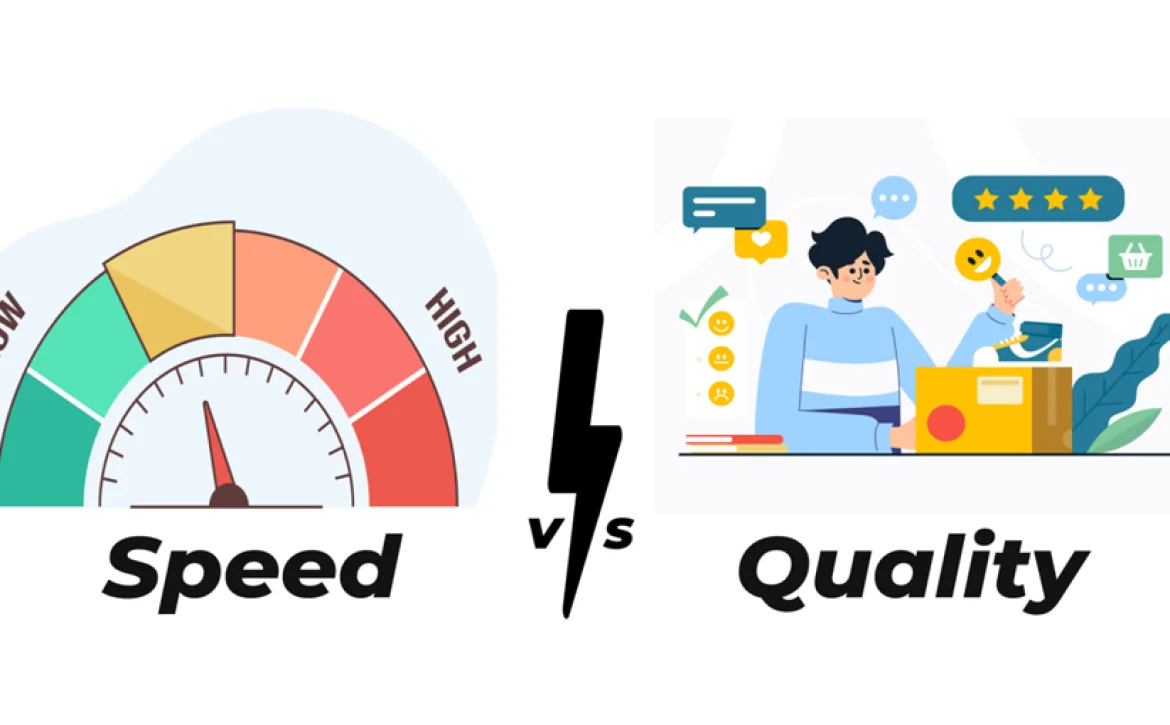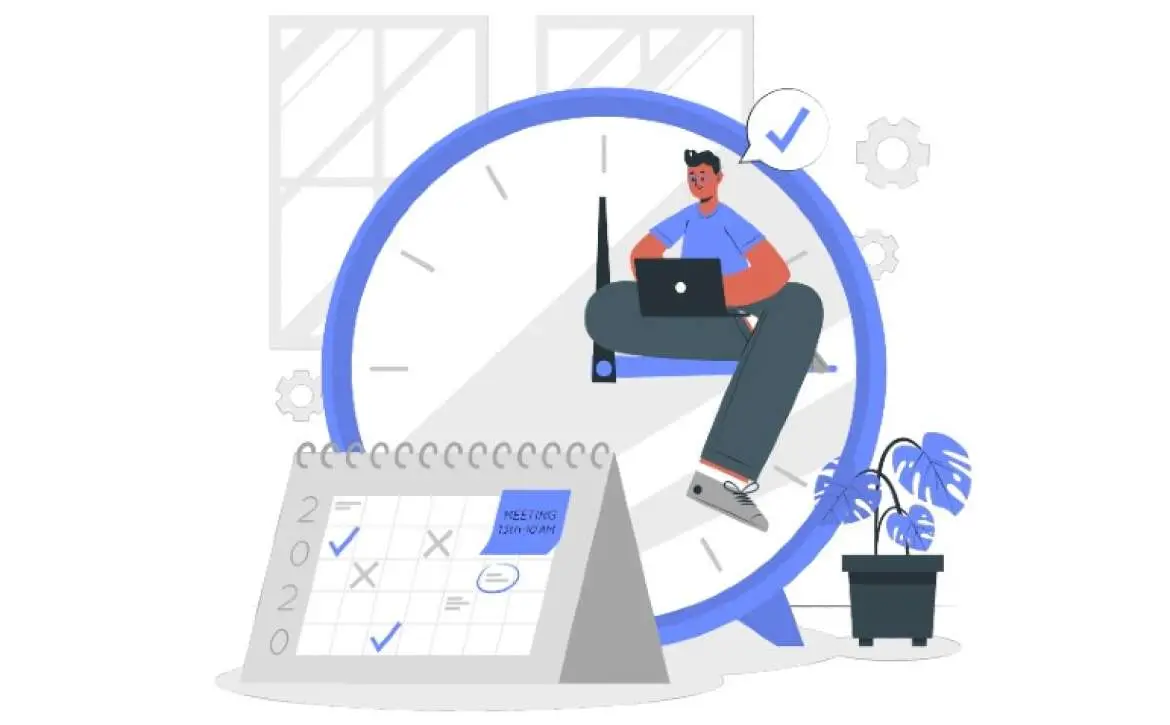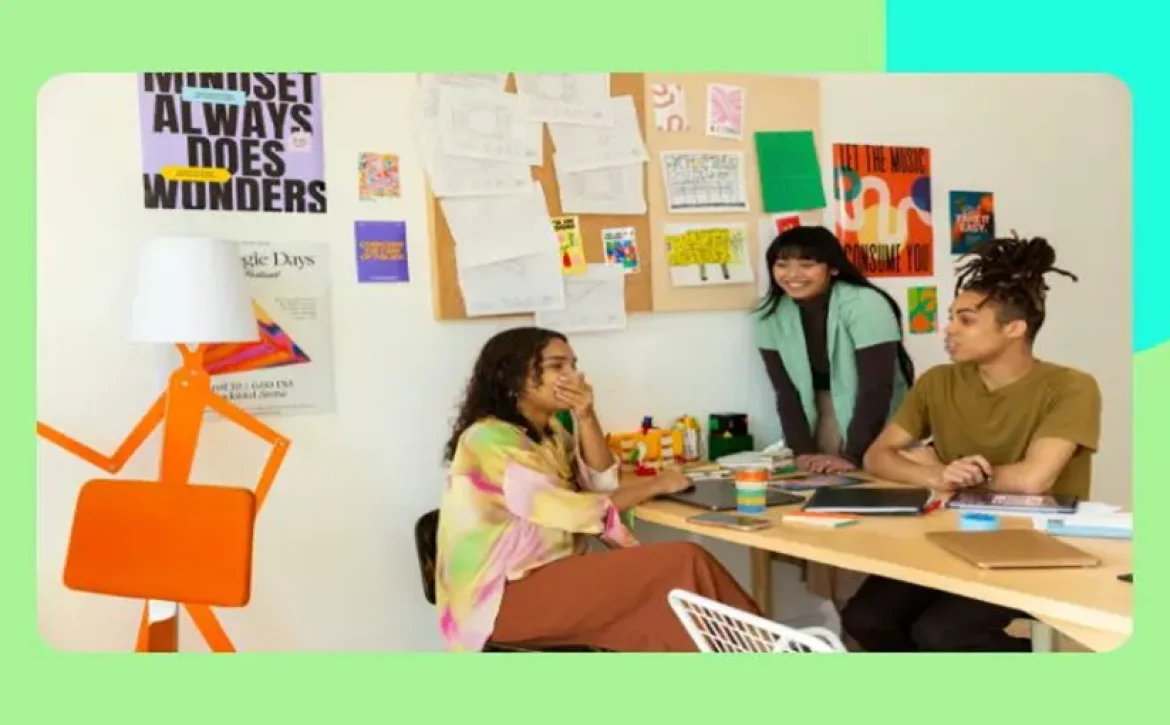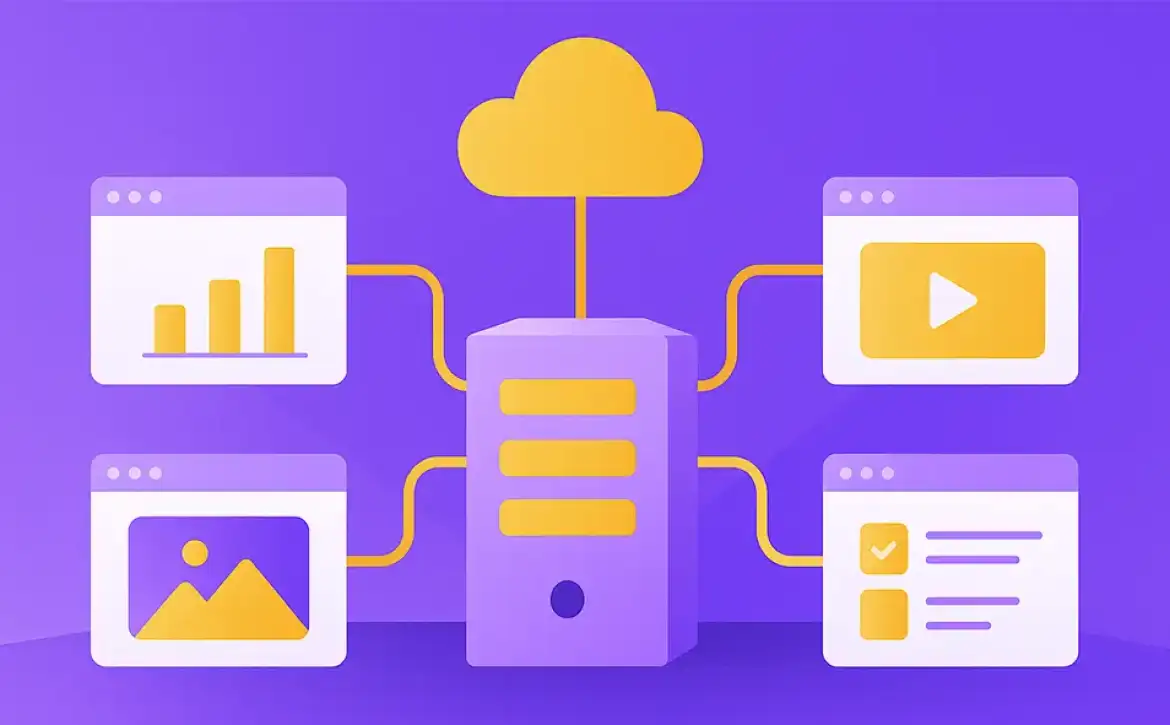Why Data-Driven Design Decisions Outperform Creative Guesswork
Imagine spending weeks designing a beautiful website or app, only to discover that users barely interact with it. The colors look perfect, the layout feels elegant, and every creative choice seems inspired, yet something still feels off. That “something” is often a lack of data. Creativity is powerful, but when it stands alone without real insight, it turns into guesswork. In today’s digital world, design cannot rely on personal taste or assumptions. It needs evidence. That is where data-driven design decisions take the spotlight. Design is no longer just an art, it is a science backed by numbers, patterns, and user behavior. Every click, scroll, and pause tells a story about how people actually use digital products.
When designers combine their creativity with data, they create experiences that not only look good but also perform beautifully. Data reveals what users value, what frustrates them, and what keeps them coming back. Whether you are designing an app, a website, or a product interface, using data to guide your choices helps ensure that every decision is purposeful. Instead of asking, “What do I think looks best?” designers begin asking, “What does the data tell us users need?” That small shift changes everything. It turns uncertainty into clarity and transforms good ideas into great results. This is why data driven design decisions outperform creative guesswork every time.
The Problem with Guesswork
Creative intuition has always been the heart of design. Guesswork may feel exciting at first, but it often leads to missed opportunities and poor user engagement. When decisions are based on personal opinions instead of user behavior, even the most visually stunning designs can fail. Without data, it becomes difficult to understand why users act the way they do.
For instance, a designer might assume that large buttons will increase clicks, but analytics could reveal that users actually prefer smaller, more discreet call-to-action elements. This kind of insight only comes from studying real-world behavior rather than trusting instinct alone. The truth is, data does not limit creativity, it enhances it. It gives designers a clear foundation to build upon, allowing imagination to be guided by insight. Instead of designing for “what feels right,” data driven design empowers teams to create for “what works best.”
How Data-Driven Design Decisions Works
Data driven design begins with understanding users through measurable insights. Designers use analytics, surveys, A/B testing, and user feedback to gather meaningful data. This information is then analyzed to identify patterns and guide design choices that truly meet user needs. For example, if analytics show that users abandon a checkout page halfway through, a designer might simplify the process based on that finding. These are practical data driven design decisions examples that show how numbers translate into better user experiences.A strong data-driven design architecture supports this process. It involves a structured approach where data flows consistently from collection to interpretation. Every piece of feedback, every metric, and every test result becomes a building block in the design system. By using this structured architecture, teams can make informed decisions instead of random adjustments.
Real World Data-Driven Design Examples
A company redesigned its mobile app using user analytics insights, revealing that navigation was a major issue. The menu was moved to a more visible position, simplifying the layout and increasing engagement. This data-driven design example demonstrates the power of insight over assumption. Another example is a website team testing two homepage versions, finding that the version with fewer distractions and clearer visuals performed better.
The Role of Data-driven UX design
User experience (UX) thrives on understanding human behavior. With data driven UX design, teams can create products that feel natural and intuitive. Every design choice is supported by metrics that show how users interact with the product. Heat maps, click tracking, and user recordings all help identify what works and what does not. Instead of endless debates over design preferences, data offers clear answers. It helps remove bias from the design process and keeps the focus on the user. In the end, great UX is not just about good looks, it is about solving real problems through evidence-based creativity.
Learning to Think with Data
The ability to interpret and apply data effectively is becoming an essential skill for every designer. Many professionals now enroll in a data-driven design course to learn how to merge analytics with creativity. These courses teach how to collect meaningful data, analyze trends, and make better design choices. Understanding the numbers behind user behavior can dramatically improve design outcomes. A well-trained designer who knows how to read data can identify pain points faster, propose more effective solutions, and measure success more accurately. The goal is not to replace intuition but to enhance it through knowledge and insight.
Why Data-Driven Design Decisions Always Win
Data-driven design is a method that enhances objectivity, eliminates personal bias, and provides clarity in decision-making. By relying on measurable evidence, designers can confidently support every choice, leading to visually appealing and business-oriented designs. This approach ensures consistent results and a balance between creativity and analytics. Data tells the story, while creativity brings it to life. The beauty of data-driven design lies in its balance, allowing every decision to be purposeful, meaningful, and measurable, benefiting both users and businesses.
To sum up, modern design is shifting from relying solely on instinct to blending creativity and evidence. Successful designers combine data and creativity to create effective digital experiences. Data-driven design decisions are built on truth and connect design choices to real human behavior, ensuring every color, shape, and interaction serves a purpose. This approach is seen in architecture, UX design, real-world examples, and professional training. By letting data guide the art of design, we can move away from uncertainty and move towards innovation that resonates with people, paving the way for a more successful future in design.











